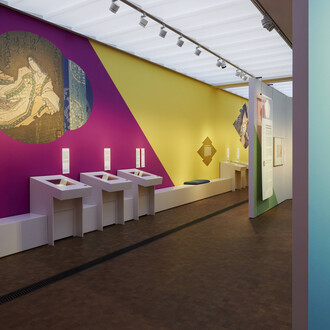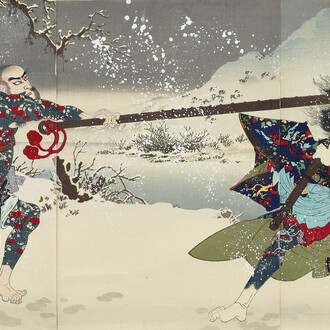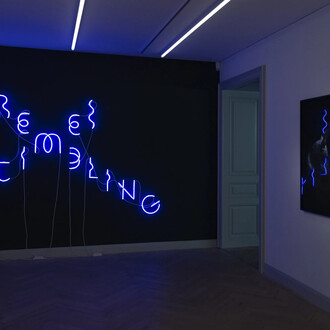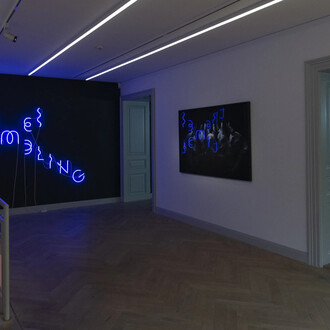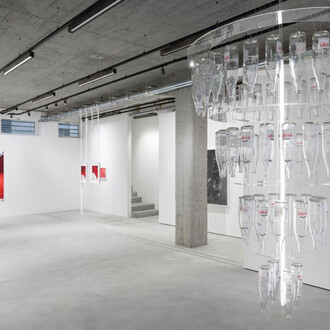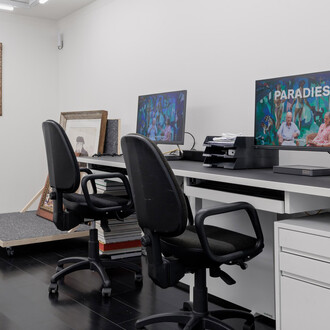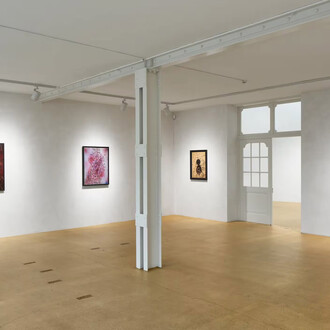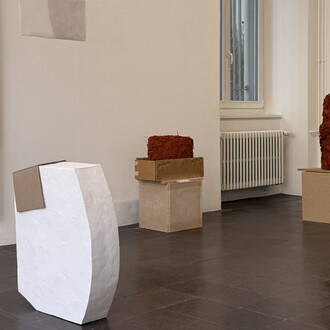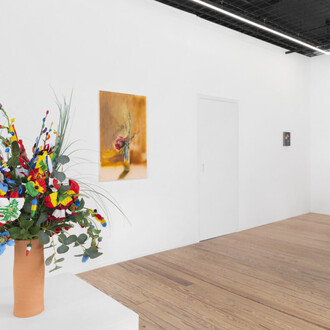Dreaming of Mongolia: endless steppes, solitary nomads, grazing horses, and untouched nature. Beyond such images, Mongolia also evokes the terrifying, invincible invading warriors led by Genghis Khan, whose conquests took them all the way to Europe. But how true are these cliches? What do we actually know about the country? And how urbanised is Mongolia today?
2000 years of art and culture
In Mongolia – a journey through time, Museum Rietberg paints a different picture of the country, presenting a wholly new perspective on Mongolia’s 2,000-year history thanks to cutting-edge archaeological research and two hundred works, many of which have never been displayed outside of Mongolia before. The country’s major urban centres are at the heart of the exhibition.
Major urban settlements founded between the second and fourteenth centuries demonstrate an early process of urbanisation in which people from diverse backgrounds lived together. Precious goods illustrate global trade partnerships and written sources underscore the major role Mongolia played in cultural exchange. Yet nomadic ways of life remained in place for centuries and continue to be at the centre of the people’s identity.
Megacity Ulaanbaatar
Megacity Ulaanbaatar is the starting point for our journey back in time. Visitors are immersed in floor-to-ceiling projections showing vast landscapes and bustling city life. Here they experience a land full of contradictions. In Mongolia, tensions between city and countryside and between urban and nomadic life are stronger than ever.
The exhibition showcases works capturing life in Ulaanbaatar today as well as the charged relationship between city life and nomadic traditions through works by contemporary artists including Erdenebayar Monkhor, Baatarzorig Batjargal, Lkhagvadorj Enkhbat, and Nomin Zezegmaa. Further sections of the exhibition place current works by Mongolian artists alongside historical artefacts, drawing out connections between past and present.
Karakorum in the 13th century
Genghis Khan and his sons and grandsons established a kingdom in the thirteenth century that has not been equalled to this day, stretching from Korea in the east to Hungary in the west, from Siberia in the north to Vietnam and northern India in the south. Mongolians created the largest contiguous empire in world history – a veritable superpower whose strength was drawn not only from a powerful army but also from a centralised administration, a sophisticated messenger system, and the involvement of their most capable individuals. Karakorum speaks vividly to this fact.
Karabalgasun: The Uygur kingdom in the 8th century
Orkhon valley was also home to Karabalgasun, a powerful city in the Uygur kingdom. Archaeological findings show that this capital of the Uygur kingdom extended across a terrain of 40 km2 in the eighth century. The lifestyle of its multilingual inhabitants uniquely brought together influences from China, Central Asia, the Middle East, and the Mediterranean. At the same time, its Turkic rulers were very conscious of their own culture.
Dragon city: The Xiongnu kingdom in the 1st century
Our Mongolian journey back in time concludes in the first century, in the steppes of central Asia. It was there that the Xiongnus established their vast kingdom. Their traditions proved crucial for Mongolia’s later development. These included the central role of horses, the powerful, piercing composite bow, and an army structured according to the decimal system.





